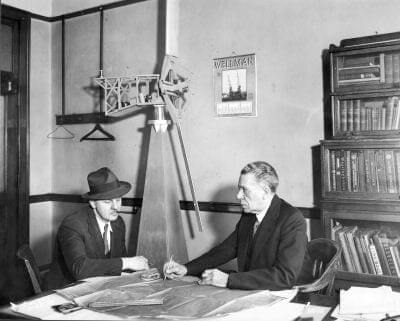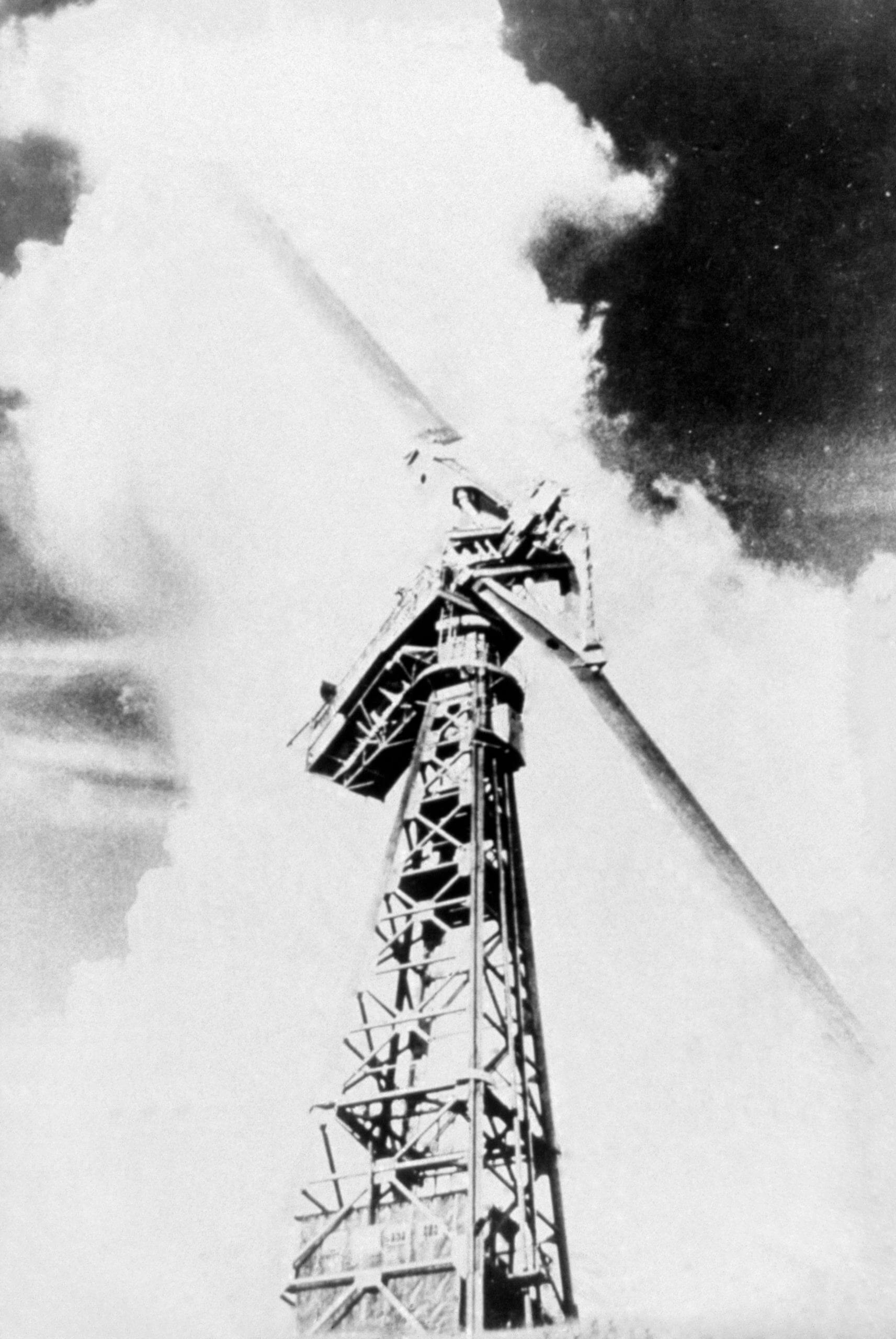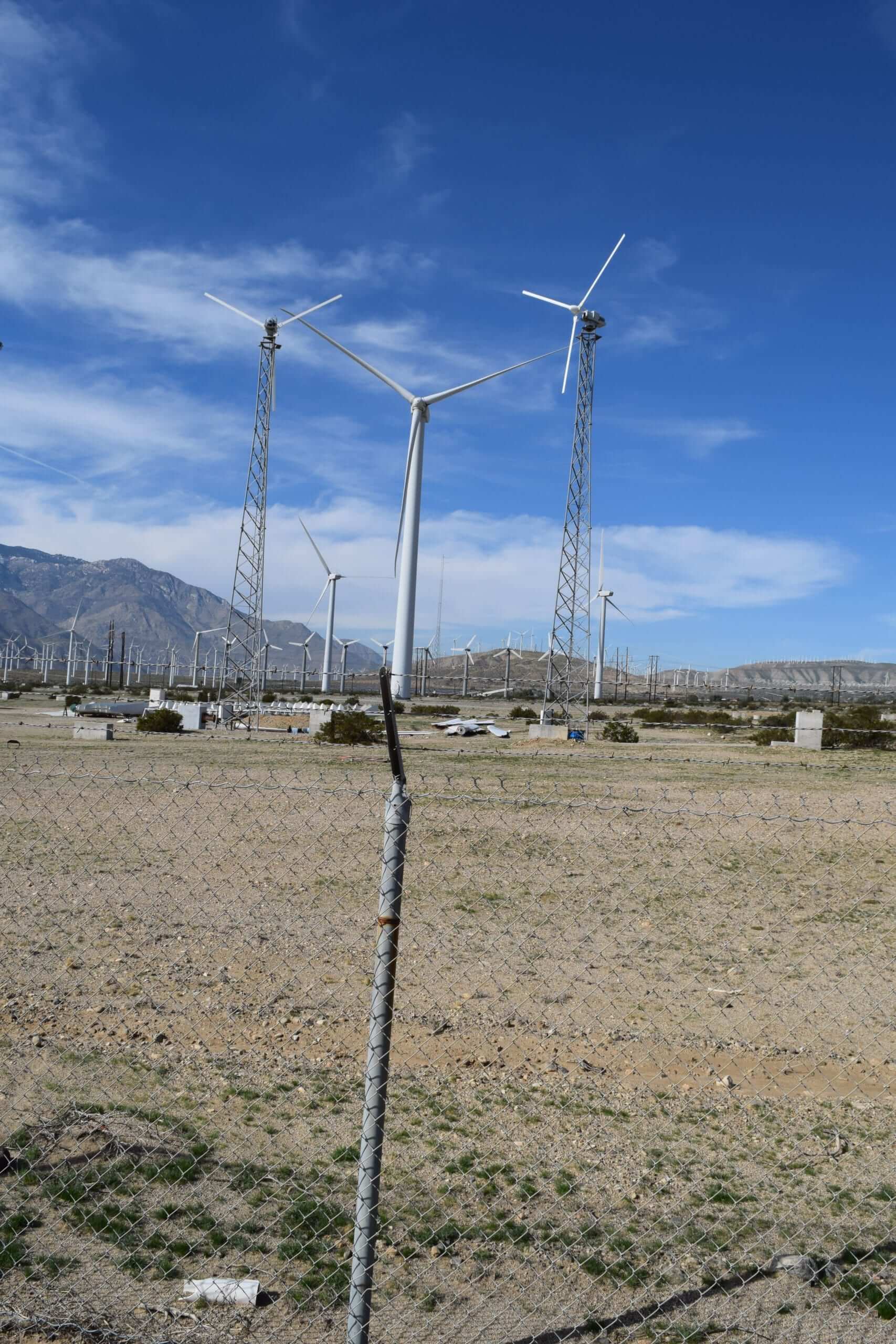Not your grandparents’ windmills
In 1941, a jack-of-all-trades inventor named Palmer Putnam had an idea: creating electricity out of thin air. 75 years ago yesterday, Putnam’s dream became reality, and he would probably be amazed at how far his invention has progressed in the decades since.

Harnessing the wind
Windmills have long been a part of the American landscape. Before rural communities were connected to the electric grid, windmills pumped the water needed to grow crops like wheat and corn. At times, the wind was simultaneously a tool farmers depended on to mine a necessary resource, and a nuisance that blew debris in their faces while they tried to work.
But Putnam’s vision found another purpose for the powerful winds that blew across America: he constructed the world’s first megawatt-sized wind turbine, and connected it to the grid on October 19, 1941. Built on Grandpa’s Knob in Castleton, Vt., the Smith Putnam wind turbine generated electricity for over 1,000 hours before a blade failed. Interestingly, Putnam’s machine used a generator made by General Electric, one of the world’s foremost turbine makers today.

Over the following years, companies sold smaller-scale “wind chargers” to farming families still waiting for centralized electricity in places like North Dakota, but projects with the scope of Putnam’s vision would have to wait.
Revisiting Putnam’s foresight
The energy crises of the 1970’s prompted a second look at ways to achieve American energy independence. How could we power our country using the resources we have in abundance here at home? A new wave of creative innovators from both the public and private sectors reexamined ways to harvest electricity from the wind. This 1980 documentary, entitled “Those Magnificent Wind Machines,” for example, takes a look at NASA’s wind turbine research.
https://www.youtube.com/watch?v=pW1oxwItqLQ
Soon, the utility-scale wind industry was born at sites in the California desert. In the photo below, you can see two of the first wind turbines erected at the San Gorgonio wind farm in southern California, with a modern turbine in between demonstrating how far the industry has advanced in the ensuing years.

The maturation of Putnam’s idea
And those advances are still continuing. Today, the price consumers pay for wind power has fallen by two-thirds in recent years, and a new poll of over 150 experts expects those cost declines to continue for decades to come. In some parts of the country, wind energy is now the cheapest source of new electric generating capacity, and it’s cost-competitive in many more. Modern turbines can access stronger, steadier winds, making wind financially viable in more parts of the country, and innovative companies are finding new ways to cut operations and maintenance costs.
As a result, there’s now enough installed wind capacity in the U.S. to power 20 million typical American homes, and wind energy is on track to provide 20 percent of the country’s electricity by 2030.
A lot of bright minds and risk-takers have helped make wind power America’s fastest growing source of new electricity. But 75 years ago, Palmer Putnam took a giant first step we shouldn’t forget.





